The vast continent of Asia is home to several cultures that have over the years each developed their own ethnic cuisine, often characterized as a blend between traditional and contemporary flavors. To the northeast, you'll generally encounter dishes including rice, noodles, seafood, soybeans, vegetables and sushi. Light white wines, such as Mirassou, Kung Fu Girl or any white wine produced in the Alsace region of France, will generally pair well with the dominant flavors of these dishes. However, for sushi, you'll want to select a white wine with a little more acidity. Let's not forget the sake! Sake and food pairing requires a bit of imagination; however, within reason, it's hard to have a total miss. Naturally, there are some foods that will most likely not go well with sake, such as red meats, intensely spicy foods and richly flavored sauces.
TIP: Sake can be enjoyed in a variety of ways; however, it's always best to serve it cold. Heating it can potentially destroy its flavors, leaving you with nothing but the taste of alcohol.
Northeast Asian cuisine also emphasizes the use of sweet, salty and often spicy sauces when cooking--but remember--the sweeter the dish, the sweeter the wine. Who can resist the deliciousness of fried dumplings drenched in peanut butter sauce? If you're in the mood to try something different, don't be afraid to pair this dish with soju, a Korean plum wine made with soju and honey. Spicy food lovers, remember to avoid all wines that are high in alcohol.
Southeast Asian cuisine is all about discrete spices and seasonings, and a delicate balance of cooking methods including stir-frying, steaming and boiling. A classic, unwooded chardonnay is ideal for sipping or with the world-famous pad Thai. Red wine does not typically pair well with Northeast and Southeast Asian cuisine; however, if you really must, select a light red, such as a Pinot Noir or a Barbera d'Asti; served chilled of course.
Finally, Southwest Asian cuisine generally harbors some rather intense flavors brought upon by frequently used spices, such as chili pepper, cardamom, cumin, turmeric, curry etc. It is rather difficult to pair any wine with these flavors; however, beer is definitely a go-to option. A light refreshing beer will compliment the spiciness of your dish without overpowering it.
Korean
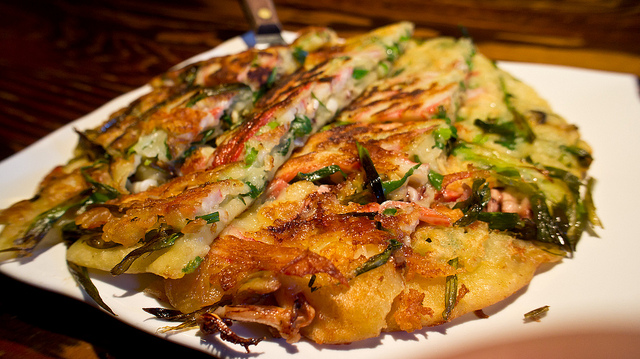
Photo: Ruocaled
Korean seafood pancake - You can find a similar dish at La Maison de Seoul.
Pfaff Gewurztraminer Cuvée Bacchus, $20.20 - Semi-dry with refreshing acidity and notes of honey, lemon and ginger. Very aromatic.
Mirassou Pinot Noir, $15.95 - Semi-dry with jammy fruit aromas, low acidity and soft tannins. Best served slightly chilled.
TIP: If you're feeling a little adventurous, pair this dish with soju or makkoli, a milky rice wine.
Japanese
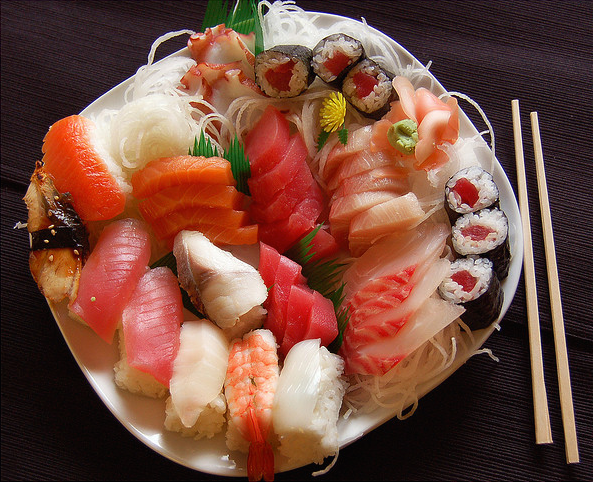
Photo: Zeetz Jones
Any type of sushi - You can find a similar dish at Yuukai.
Domaine du Salvard Cheverny, $17.55 - Crisp with lively acidity, citrusy notes and aromas of honey and tropical fruits. Nice minerality.
Domaine Thymiopoulos Jeunes Vignes de Xinomavro Naoussa, $18.60 - Light, fruity and refreshing with hints of minerality. Best served slightly chilled, and perfect with red tuna sushi!
Indian
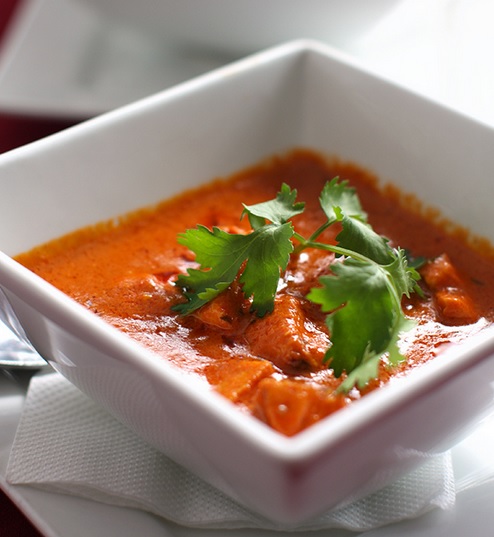
Photo: Mila
Butter chicken - You can find a similar dish at Bombay Mahal.
Marcel Cabelier Arbois Chardonnay, $19.70 - Your go-to wine for butter chicken! Almond aroma and buttery notes that will gohand-in-hand with the creaminess of butter chicken.
Domaine Champs Perdrix Bourgogne Pinot Noir, $19.30 - Light and refreshing and pinot noir with soft tannins and strawberry/cherry aromas.
TIP: Beer remains our number one suggestion for butter chicken. Try it with Damm Inedit.

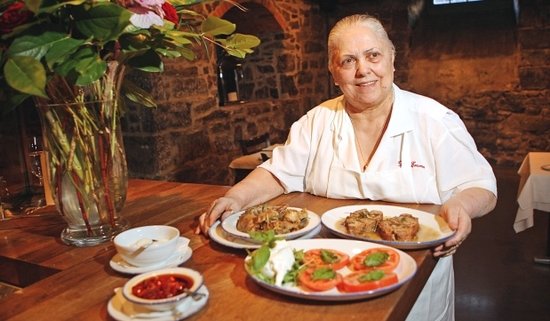
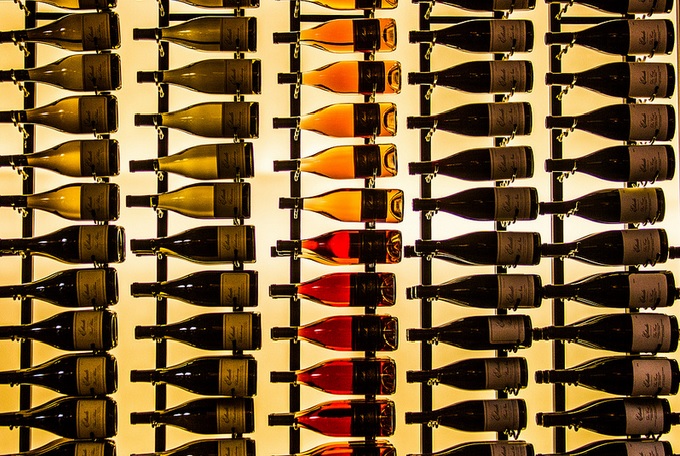
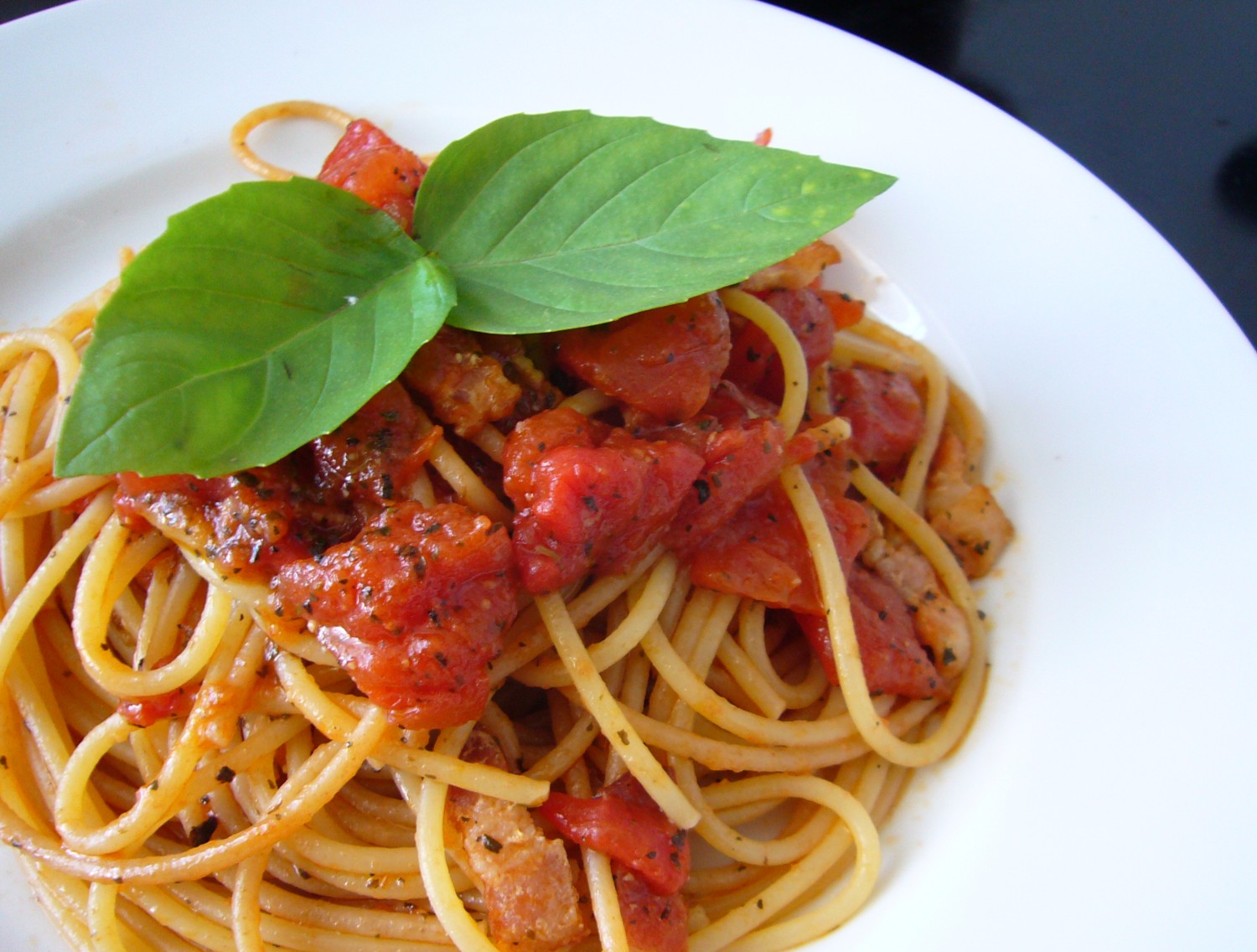
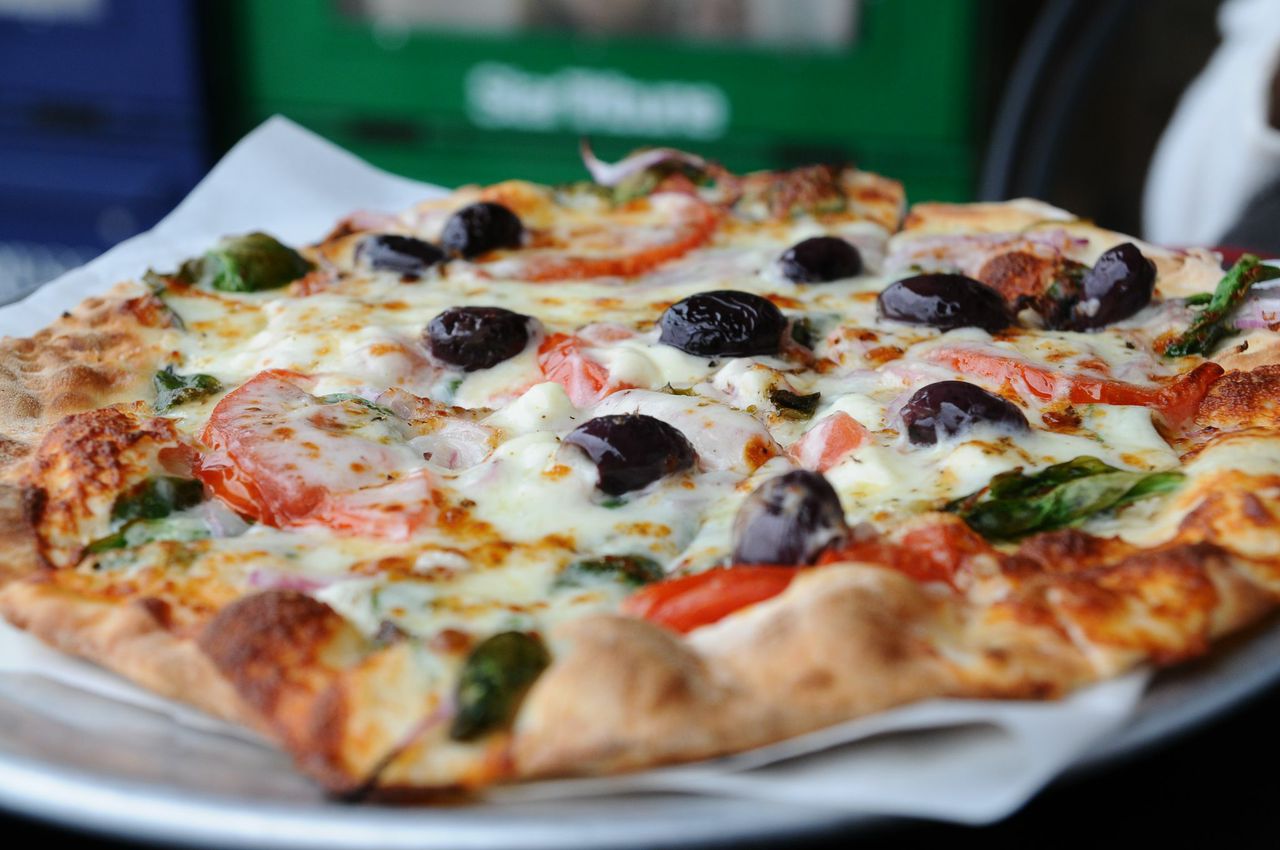

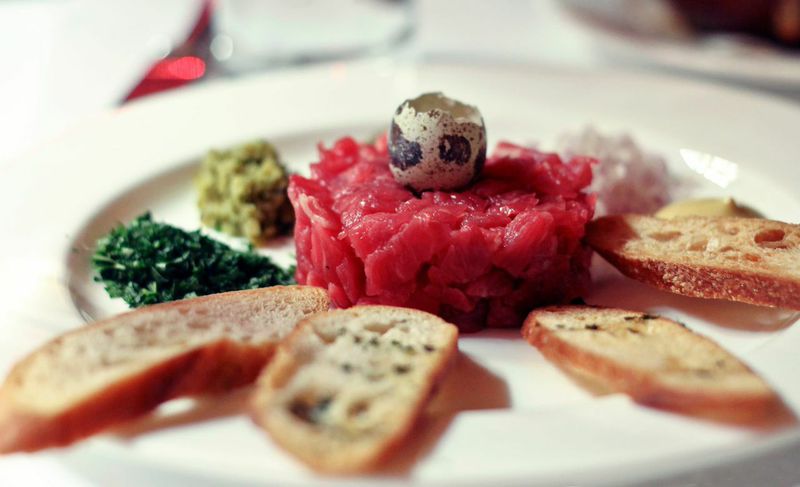
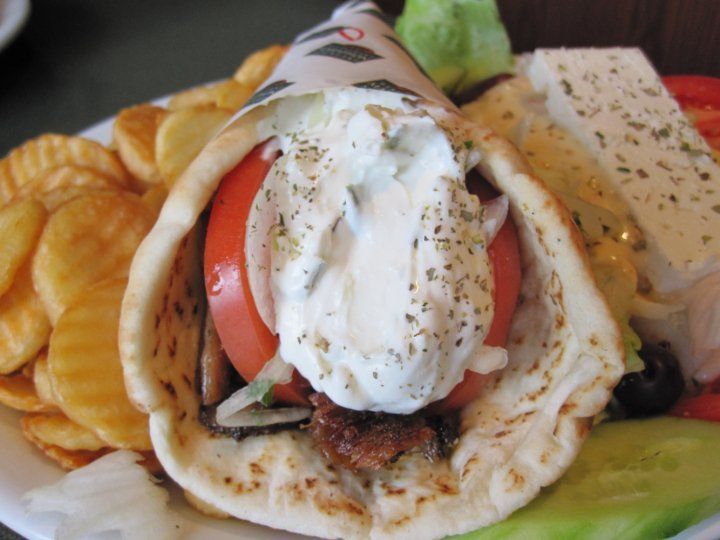
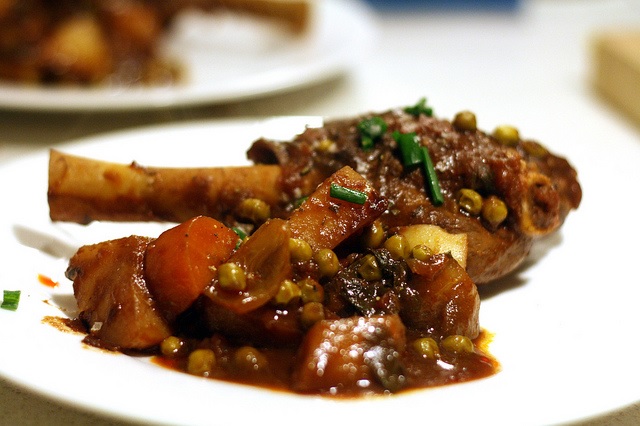



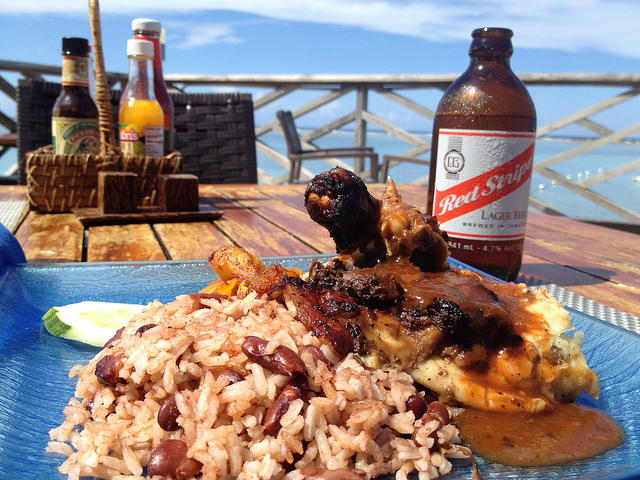
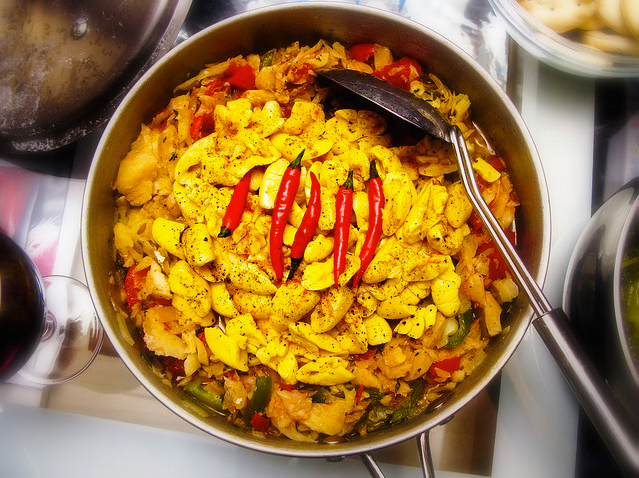
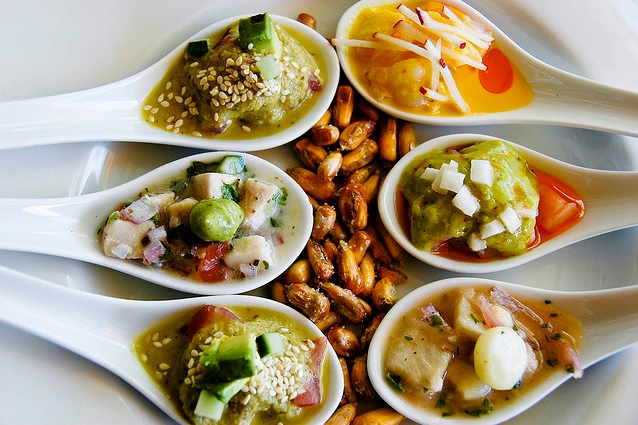
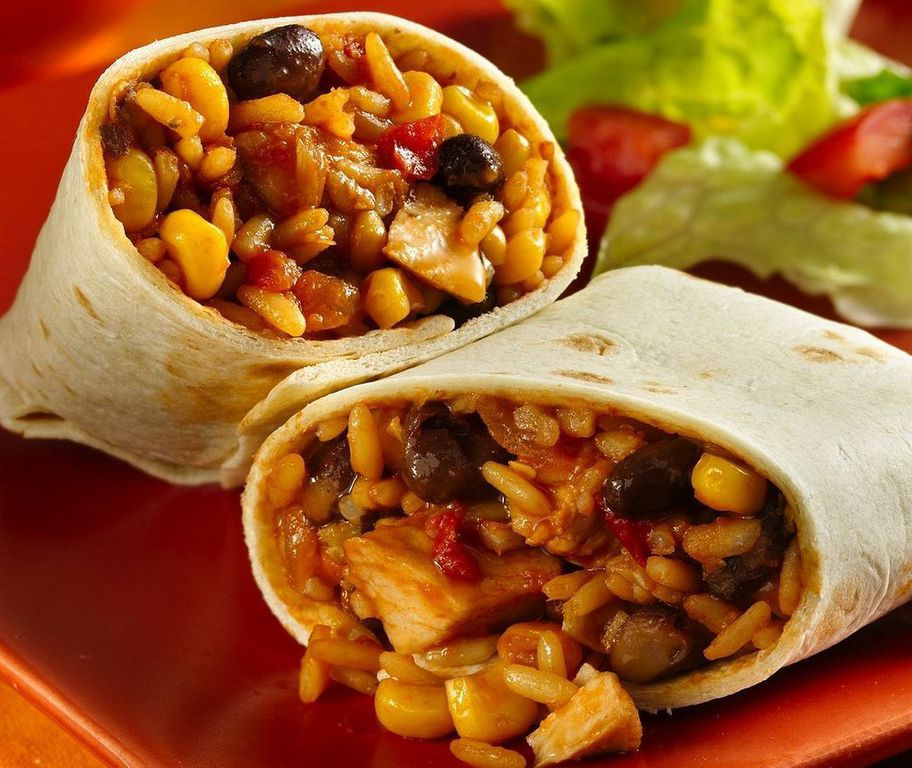

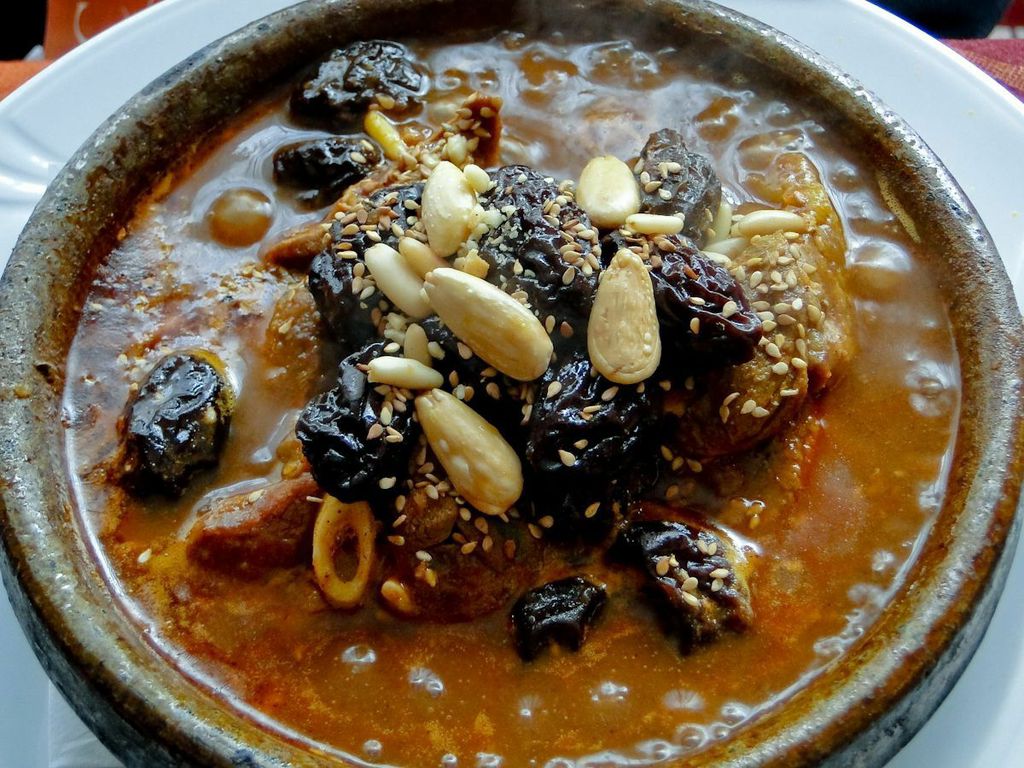
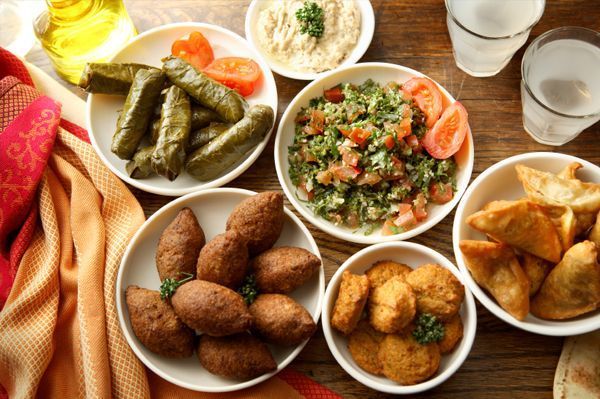
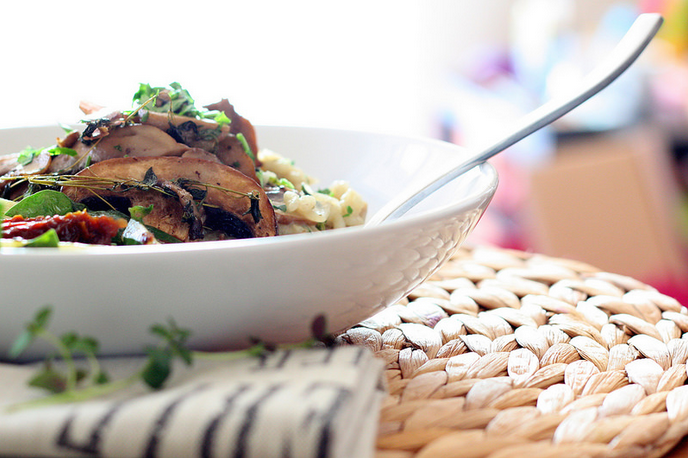
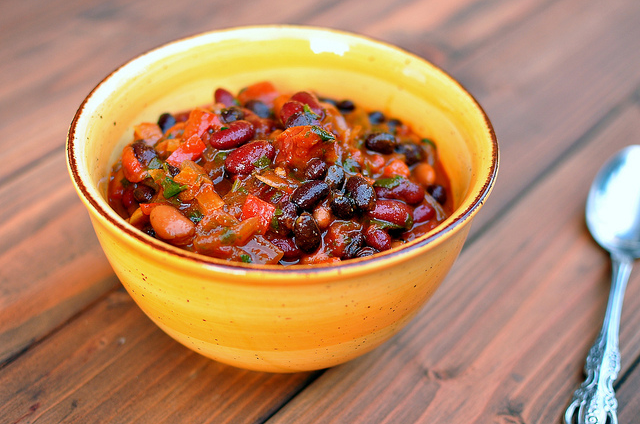
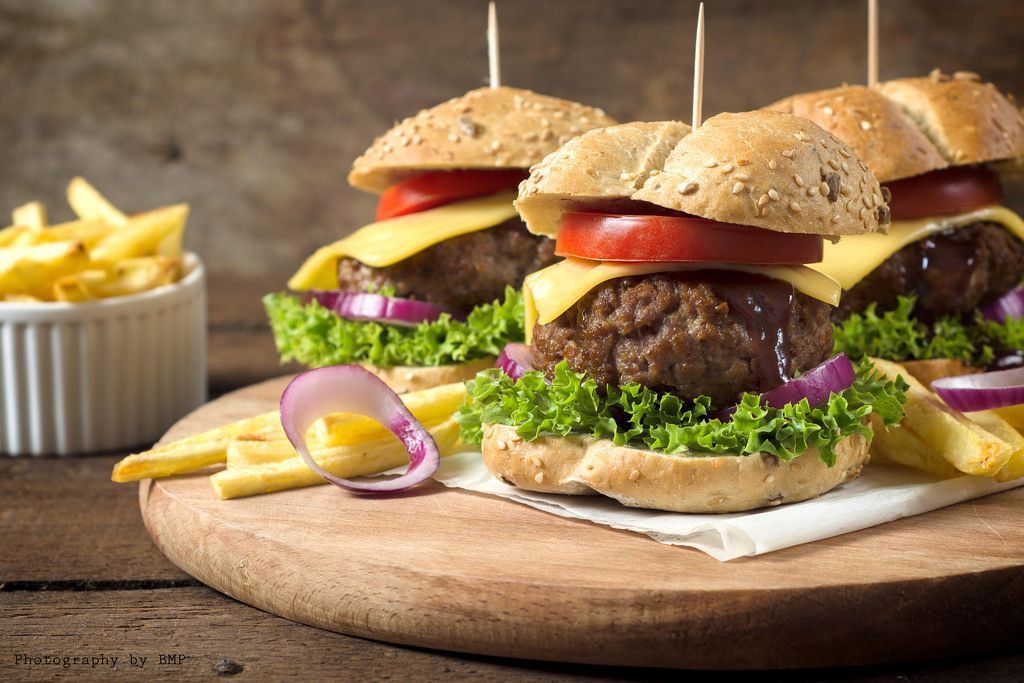 Classic hamburger with cheese - You can find a similar dish at
Classic hamburger with cheese - You can find a similar dish at 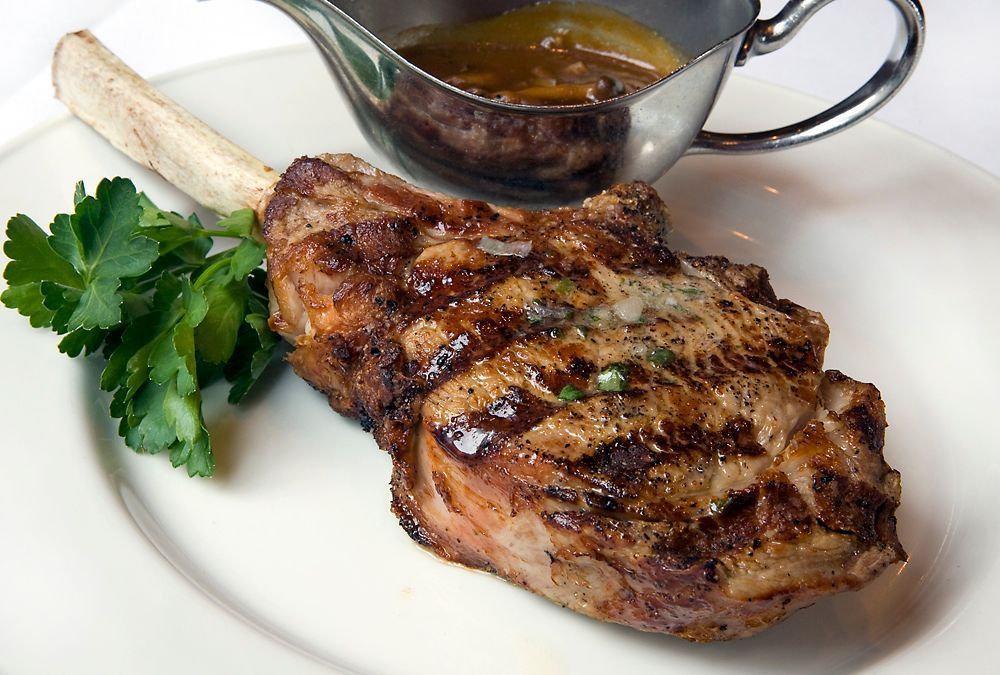
Recent Comments